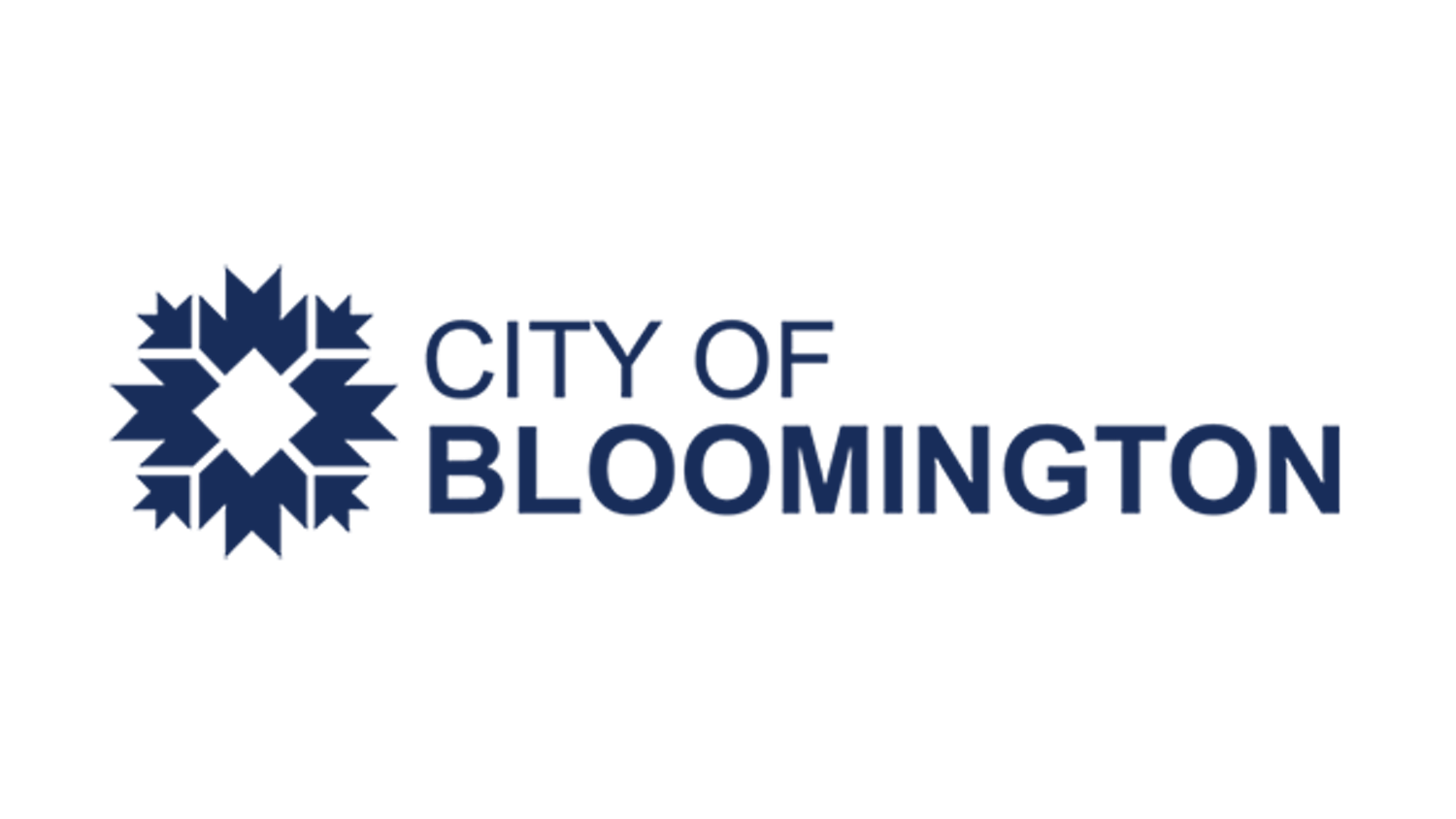The Center for Latin American and Caribbean Studies, the Department of African American and African Diaspora Studies, the Department of History, the Department of Sociology and the La Casa Latino Cultural Center all joined together to sponsor the ?symposium.
To start off the two-day event, Ginetta Candelario, a sociology professor from Smith College, presented a keynote address about racial misconceptions in Latino studies. Titled “Verstehen Bricolage: Making Artful Use of Multiple Methods in Researching Latinas,” Candelario focused on the terms “white” versus “black” in relation to demographic location and culture.
“Verstehen” is a German term coined by Max Weber meaning to deeply and empathetically understand the meaning and context of human action for the actor herself. This should be looked at as a corrective to Marxism, Candelario said.
“Religious ideology can be as much of an engine or driver as a byproduct,” Candelario said.
The viewpoints that people have about themselves are dependent on their environment, Candelario said.
The lecture then transitioned to the concept of bricolage. From French descent, “bricolage” literally refers to the tinkering of objects together. Candelario said she saw the idea as a mosaic.
“It is artfully put together, and a lot of work, talent and repurposing goes into it,” Candelario said.
The four main social ?science methods were then broken down to display how Candelario’s research was conducted.
Ethnographic research is produced through field work and participant observation. Candelario conducted this particular research in Washington, D.C., California, Texas, the Dominican Republic and a beauty shop in the “hood” of New York City, Candelario said.
Hermeneutic research is then a byproduct of ethnographic research, which focuses on interviewing and textual analysis.
“Membership in belonging is connected to reading the body,” Candelario said.
The last two forms of research are historical and statistical methods. These both use graphical data to map out what the past was like and compare it to depictions of the future.
Candelario then discussed the difference between black Haiti and black Dominican Republic to show the distinction, even on the same island. The depiction of indigenous people was beyond the stereotype for both black Haiti and black Dominican Republic.
In the Dominican Republic, the dictatorship owned all the media. This included all telegraphs and radio, telephones and televisions and the public school system.
From this dictatorship, an entirely closed society was established. People could only depict people represented in their own closed-off community.
Looking at the U.S. Census, identifying as “black” had a different depiction depending on the differing demographics in the country. Candelario grew up as a Dominican citizen but received her education from kindergarten to high school and college as an American.
“I assimilated and absorbed U.S. perceptions of race,” Candelario said. “This is from the legacy of slavery.”
The keynote address concluded by defining both whiteness and blackness. Whiteness is the exclusive control over land. This is why a person from the Dominican Republic depicted as black in America will identify as white. Blackness is not owning property in yourself. People who are called black who normally would not be in their home environment see this term as demeaning.
“If we pay close attention and we back up, we get a deep connection to the story,” Candelario said.






